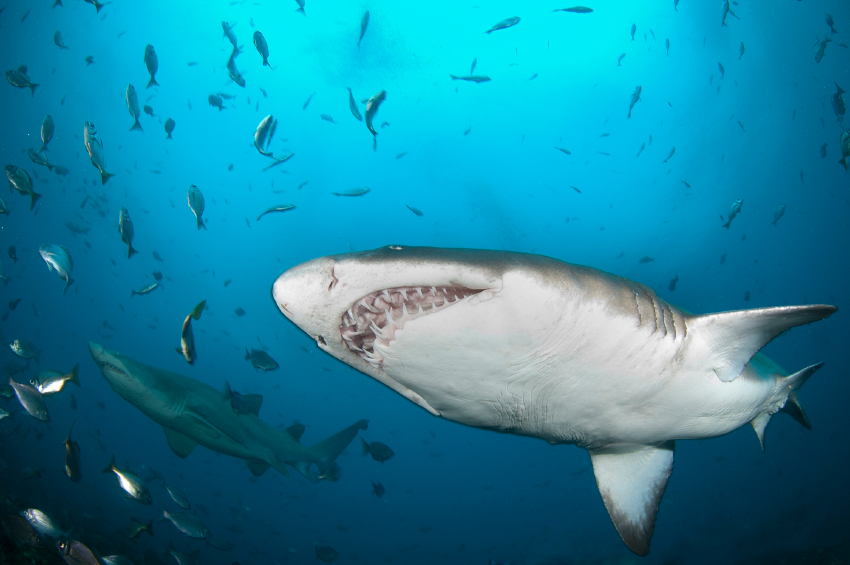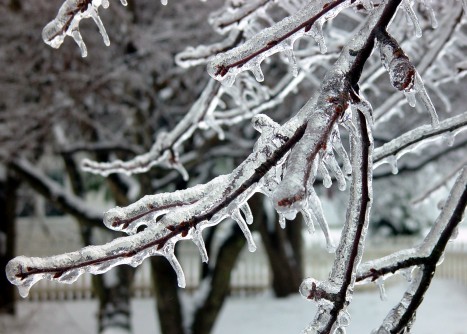We read the shark book again at bedtime tonight. When my four-year-old son wants a break from books about superheroes, we read informational books about space or dinosaurs or sea creatures. The book about sharks is certainly fascinating and about two pages from the end we learn that some sharks are cannibals—they eat their young. And then on the next page we learn that the real danger to sharks comes from—you guessed it--human beings. We overfish and we buy shark products, thus depleting the shark population.
Much has been said about the environmentalist messages that pervade children’s books and television. Diego episodes feature dolphins getting caught in fishing nets and whales getting poisoned by oil spills. And the endangered species trope has been around since I was a kid.
But the notion that wild animals are really sweet creatures who would be spending their days frolicking happily with each other were it not for human intervention is a notion that stays with children even once they should know better. Indeed, there are a surprising number of adults who still believe this.
The New York Post today has a review of two new books, The Lost Whale and Death at SeaWorld, which describe, as the reviewer writes, “the tragic outcomes that often occur when humans underestimate wild animals.” The latter book is the story of the 2010 senior trainer at Sea World who was killed in front of an audience by a 12,000-pound whale named Tilly. And the former is about a whale who became “friendly” with tourists who went by it on boats and eventually was killed when it got too close to one boat’s propellers.
A University of Colorado researcher quoted in the piece explains that “wild animals have wild genes and wild brains. . . . They are by nature unpredictable.”
In other words, the author writes, “There seems to be no such thing as a 100% tamed wild animal.” Wait, you mean Diego’s best friend “Baby Jaguar” is not actually as lovable as he seems?
Of course children’s stories have always anthropomorphized animals. But the difference now is that the stories often involve human beings who come along and destroy the peaceful existence of animals. The truth of the matter is that wild animals are wild and though not all animals share the murderous, cannibalistic instincts of sharks, even the most lovable seeming creatures can be quite treacherous. Even without human involvement.







So what exactly is the point of this piece? that humans are driving nasty, wild unpredictable animals to extinction? …. or that four year olds deserve a stiff introduction to ‘survival of the fittest’ thinking a la Darwin? Perhaps the writer thinks that such an introduction will make these children better equipped to duke it out in the world of free market capitalism?
Ms Riley would do better to ensure that her four year old learns respect for all creatures under all circumstances with particular attention to the weakest creatures in the tree of life, whether human or animal… It’s not just about top predators….human or otherwise..